
“Attack on Titan” Japanese Theatrical Poster
Director: Shinji Higuchi
Writer: Yusuke Watanabe, Tomohiro Machiyama
Based on Manga by Hajime Isayama
Cast: Haruma Miura, Hiroki Hasegawa, Kiko Mizuhara, Kanata Hongo, Takahiro Miura, Nanami Sakuraba, Satoru Matsuo, Satomi Ishihara, Pierre Taki, Jun Kunimura, Rina Takeda, Shu Watanabe, Ayame Misaki
Running Time: 98 min.
By Paul Bramhall
Attack on Titan was a production which had the odds stacked against it from the start. Putting aside the fact that it’s a Japanese mainstream blockbuster, which in itself is normally an indication of a movie destined to be devoid of any inspiration or creativity, in this case there were a whole host of other factors working against it. Attack on Titan is adapted from a sprawling manga series, one which would be impossible to do justice to even across two installments. There’d already been a successful anime series based on the manga, which in itself spawned an animated movie. Throw in countless spin-offs in various other formats, topped off with the fact that both the original manga and anime have won various awards, and it inevitably begs the question – why do the tale an injustice by turning it into a live action movie, destined to be a pale reflection of the source material?
As if to silence the many voices of discontent, it was announced early on that director Tetsuya Nakashima would be helming the adaptation. Nakashima is the man behind some of Japan’s best output in recent years, with genre bending efforts like Confessions and The World of Kanako, so to see what he’d do with Attack on Titan was an exciting prospect. Then, one year after the movie was announced, in December 2012 Toho released a statement advising Nakashima had left the production due to creative differences. Attack on Titan lay idle for a whole year, then at the end of 2013 it was announced that Shinji Higuchi would be the new director. So from the director of Kamikaze Girls and Memories of Matsuko, to the director of The Sinking of Japan and Hidden Fortress: The Last Princess. It was the equivalent of being told you’re going to get a steak, and then being served with a tin of Spam.
Toho got themselves a two-for-one with Higuchi though, as he’s also one of the top special effects directors in Japan, which for a tale such as this one, would come in very useful. I should put the disclaimer out there at this point that I’ve neither read the manga nor seen any of the anime episodes. I was aware of Attack on Titan, having been a resident of Japan at the time when the manga was first released in 2009, its popularity was hard to get away from. The story revolves around how humanity has been forced to live in cities, surrounded by enormous towering walls, built to keep out gigantic humanoid creatures that mercilessly devour humans, seemingly with no rhyme or reason. The image of a skinless Titan, resembling one of those anatomy models you find in a biology classroom, towering over one of the cities walls, is easily one of the most enduring of the series.
For those who want to read a review that draws comparisons with the source material though, this isn’t it. Instead, I’m just a guy who’d like for once to be able to find a mainstream Japanese movie which I can enjoy. One that hasn’t been watered down so it’s safe to be shown on TV a few months later, thanks to being backed by production companies that own the TV channels. One that isn’t bogged down by endless unnecessary exposition to explain every last detail of what’s going on, because the traditionally minded producers demanded it be that way. Sadly, ten minutes into Attack on Titan, I realized this probably wasn’t going to be that movie. We’re treated to scenes of the saccharine relationship between 3 friends played by Haruma Miura, Kanata Hongo, and Kiko Mizuhara, as they wistfully talk about what could be beyond the wall, and banter over an incredibly out of place accordion soundtrack.
But then, everything changes. At just 10 minutes in, Higuchi seems to realize that nobody cares about any of this, give us Titans! So he does, with the impressive entrance of a towering skinless Titan that starts hammering on the walls with a deafening roar, kicking in a part of the wall that allows a group of zombie like Titans to enter the city. This cues off a 15 minute sequence that sees the cities inhabitants awash with panic, as they attempt to escape almost certain death in the jaws of the towering creatures. Higuchi seems to have embraced the fact that it would be impossible to fit in all the themes that the source material contains, which range from militarism to disenchanted youth, and instead opts for a straight up tale of giant zombies trying to eat people. Even not being overly familiar with the manga, there’s little doubt that this will enrage fans who were hoping for a close knit adaptation, but for everyone else, there’s a lot of fun to be had.
The Titans themselves look fantastic, a mix of prosthetics, CGI, and practical effects, the latter of which the king of splatter himself, Yoshihiro Nishimura, worked on. Their slow moving walk and eerily vacant smiles, mixed with their off-grey color and naked sexless bodies, make them a genuine source of horror. What’s more, and is something that came as a big surprise, is the decision to not skimp on the blood. Humans are bitten in half with blood splattering everywhere, limbs are sliced off, and arrows are fired into eye balls. Higuchi’s experience in special effects really pays off, as it all looks great, and it genuinely feels like the characters are in the same shot as the Titans. It’s refreshing to see such seamless FX work on a production such as this one.
In many ways Attack on Titan seems to be influenced by a number of Hollywood movies that came out around the same time. The wall around the city feels reminiscent of the surroundings found in The Maze Runner, and the mission that’s launched to drive from one city to the next feels tonally similar to the plot in Mad Max: Fury Road. Not to mention the famous Titan slayer general, who seems to owe more than a few nods to Emily Blunt’s character in Edge of Tomorrow. Overall though, the movie that most springs to mind when watching Attack on Titan is Paul Verhoeven’s Starship Troopers, just swap bugs for Titans. It has that same pulpy feel to it, and while I’m sure it’s a feel that Higuchi wasn’t intentionally going for, it’s what he’s been left with. Just like in Starship Troopers, every character is a stereotype, from the reluctant hero to the world weary war veteran, but when you have a cast which includes the likes of Jun Kunimura and Rina Takeda, that’s just fine.
Attack on Titan throws an impressive number of standout scenes into its compact 99 minute runtime. From an exciting night time attack by a baby Titan, to a romantic conversation between 2 characters being interrupted in a way which quickly dashes any hopes of it continuing, to a hilarious bromance scene that takes place in the mouth of a Titan! What makes these scenes so great, is that I’m sure Higuchi filmed them all with 100% sincerity, fully intending the audience to be immersed. But when a couple of guys are passionately yelling at each other in the mouth of a giant creature trying to eat them, there’s only so much you can take seriously. This isn’t to say Higuchi has made a masterpiece of unintentional hilarity or anything along those lines, just that there are some scenes which are entertaining in ways that perhaps weren’t originally intended to be.
The events of the first part of Attack on Titan culminate in a fantastic kaiju vs. kaiju showdown, which has heads being smashed through whole buildings, and even a few flying kicks thrown in for good measure. All in all, Higuchi’s adaptation will be one which severely divides the audience. For those hoping to see the more high brow concepts and themes explored in the manga, it’s safe to say that there’s nothing to see here. For those who’d like to see a tale which combines action, horror, and even a healthy dose of mystery (we need to come back for Part 2 right?), then this should more than satisfy. Attack on Titan gives us liberal helpings of Titan vs. human action, and much like watching a slasher movie, half the fun comes from guessing who’s going to be devoured next. For fans of the manga who see my below score, it’s probably a safe bet they’re hoping it’ll be me.
Paul Bramhall’s Rating: 7.5/10


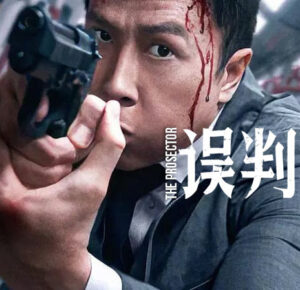

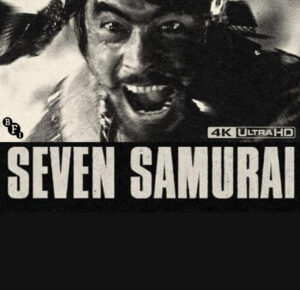
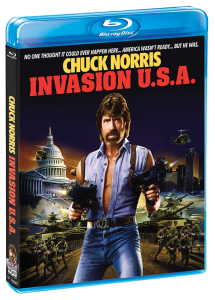
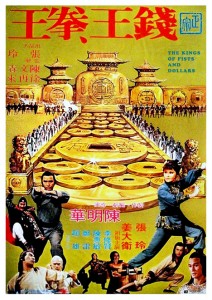
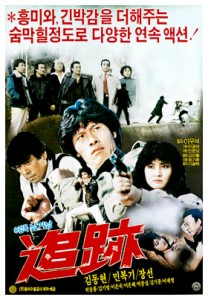
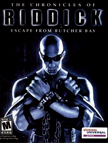 5. Chronicles of Riddick: Escape from Butcher Bay
5. Chronicles of Riddick: Escape from Butcher Bay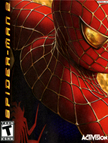 4. Spider-Man 2
4. Spider-Man 2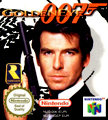 3. GoldenEye 007
3. GoldenEye 007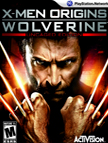 2. X-Men Origins: Wolverine – Uncaged Edition
2. X-Men Origins: Wolverine – Uncaged Edition 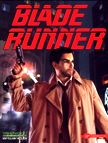 1. Blade Runner
1. Blade Runner 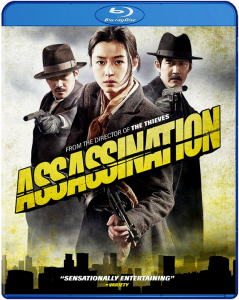
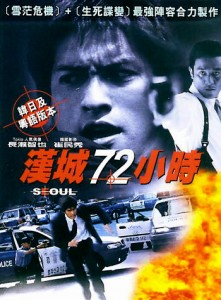

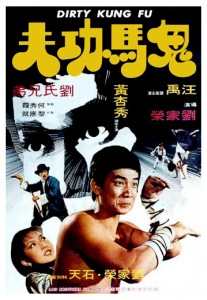
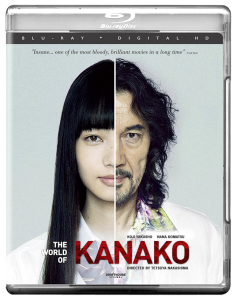
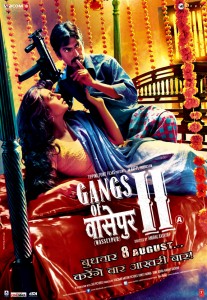
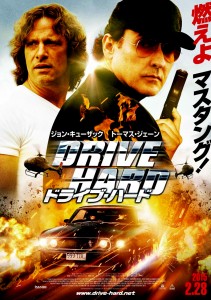
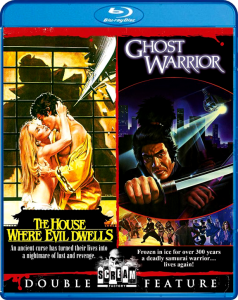
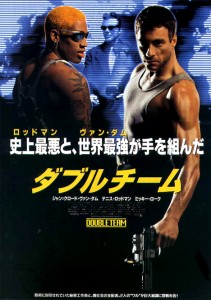
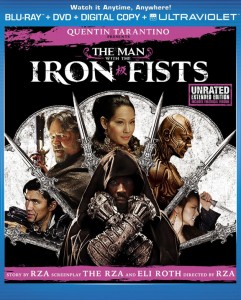




Be the 1st to Comment